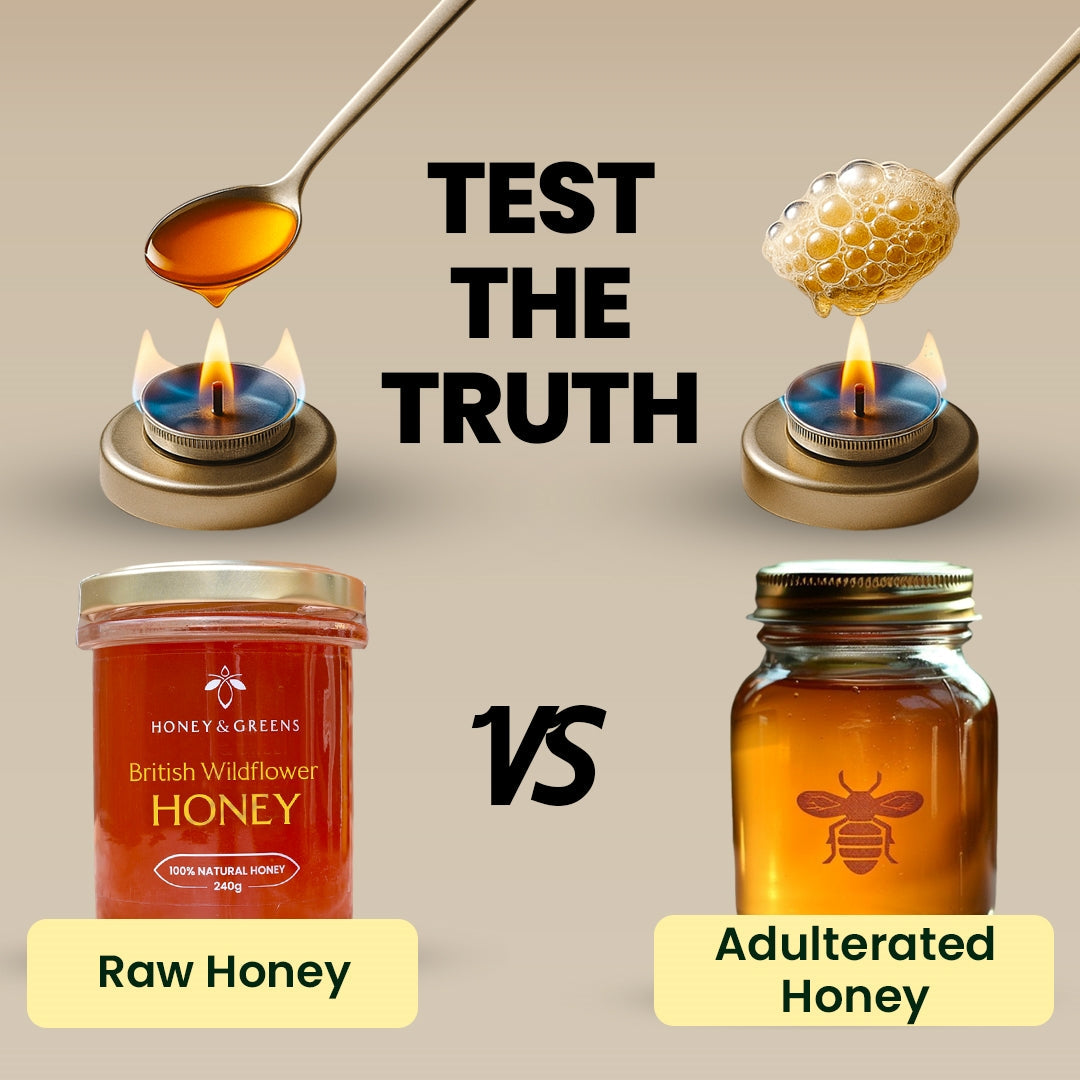Honey is supposed to be one of nature’s purest gifts, but what if the golden liquid in your kitchen is just sugar water dressed up in a fancy bottle?
Not all honey is as real as it looks. Some are diluted, some are full of syrup, and others are just flat-out fake. The good news is, you don’t need a lab coat to figure it out. Just a few clever tricks at home can reveal if your honey is the real deal.
But before that:
Why You Should Care About Pure Honey
Pure honey keeps all the natural enzymes, antioxidants, and antibacterial power that make it such a healthy food. Fake or adulterated honey may taste similar but lacks those benefits. Worse, it can contain added sugars or syrups that harm your health.
So now, let’s get into the ways to know if your honey is real
1. The Thumb Test
How to Do It
Put a small drop of honey on your thumb. Don’t spread it, just let it sit there.
What It Reveals
Pure honey stays in place. It won’t spread or run off quickly. If it does, there’s a good chance water or sugar has been added.
2. The Water Test
How to Do It
Take a glass of water and add a spoonful of honey. Don’t stir.
What It Means
Pure honey will sink to the bottom. Adulterated or fake honey often starts to dissolve or spread through the water. Real honey’s thickness and texture keep it together.
3. The Flame Test (With a Matchstick or Cotton Wick)
How to Do It Safely
Dip a matchstick or a cotton wick in honey, then try to light it. Make sure the honey is dry before you do this.
What You’ll See
If it lights up, the honey is likely pure. Watered-down honey or syrup-laced honey won’t burn easily because of the added moisture.
4. The Vinegar Test
How to Do It
Mix a tablespoon of honey, a bit of water, and a few drops of vinegar.
What This Test Proves
If the mixture foams up, there could be chalk powder or other additives in the honey. This is a less common test but useful when you're suspicious.
5. The Heat Test
How to Do It
Heat a small amount of honey in a pan. Use low heat.
What You’ll Notice
Pure honey caramelises quickly and doesn’t bubble much. Fake honey may bubble because of added water or sugar syrups.
How to Tell Raw Honey from Pure Honey
Is Raw Honey Always Pure?
Not necessarily. Raw honey is unprocessed, which means it hasn’t been heated or filtered. Pure honey, on the other hand, might be processed but still doesn’t contain any additives.
What Real Honey Looks and Feels Like
Real honey is thick, sticky, and has a natural floral smell. It should taste complex, not just sweet. A single spoonful should feel heavy and rich.
What’s an Example of Fake Honey?
If your honey crystallises very fast, it doesn’t always mean it's fake. But if it remains runny for months and smells like sugar water, that’s a red flag.
Fake honey often has added glucose or even molasses. These additives change the smell, texture, and sometimes even the colour of the honey.
Conclusion
These honey purity tests can give you a good idea of what you’re consuming. But remember, they’re not foolproof. For complete certainty, always buy from trusted local beekeepers or certified organic brands. That way, you know your honey is exactly what it says it is.
If you’re tired of second-guessing what’s in your jar, skip the guesswork altogether.
Honey & Greens sources only 100% pure, lab-tested honey straight from trusted beekeepers. No additives or shortcuts, just the real stuff. Each batch goes through rigorous quality checks so you can enjoy every spoonful with confidence.
A jar can be yours today. Click here to pick your favourite flavour.
References
Times of India (2023). Simple tests to check the purity of honey at home. Retrieved from https://timesofindia.indiatimes.com/life-style/food-news/how-to-identify-purity-and-quality-honey-at-home
Honey and Spice (2024). Honey Purity Test at Home: Easy and Effective Tips! Retrieved from https://honeyandspice.in/blogs/raw-honey-blog/honey-purity-test-at-home-easy-and-effective-tips

